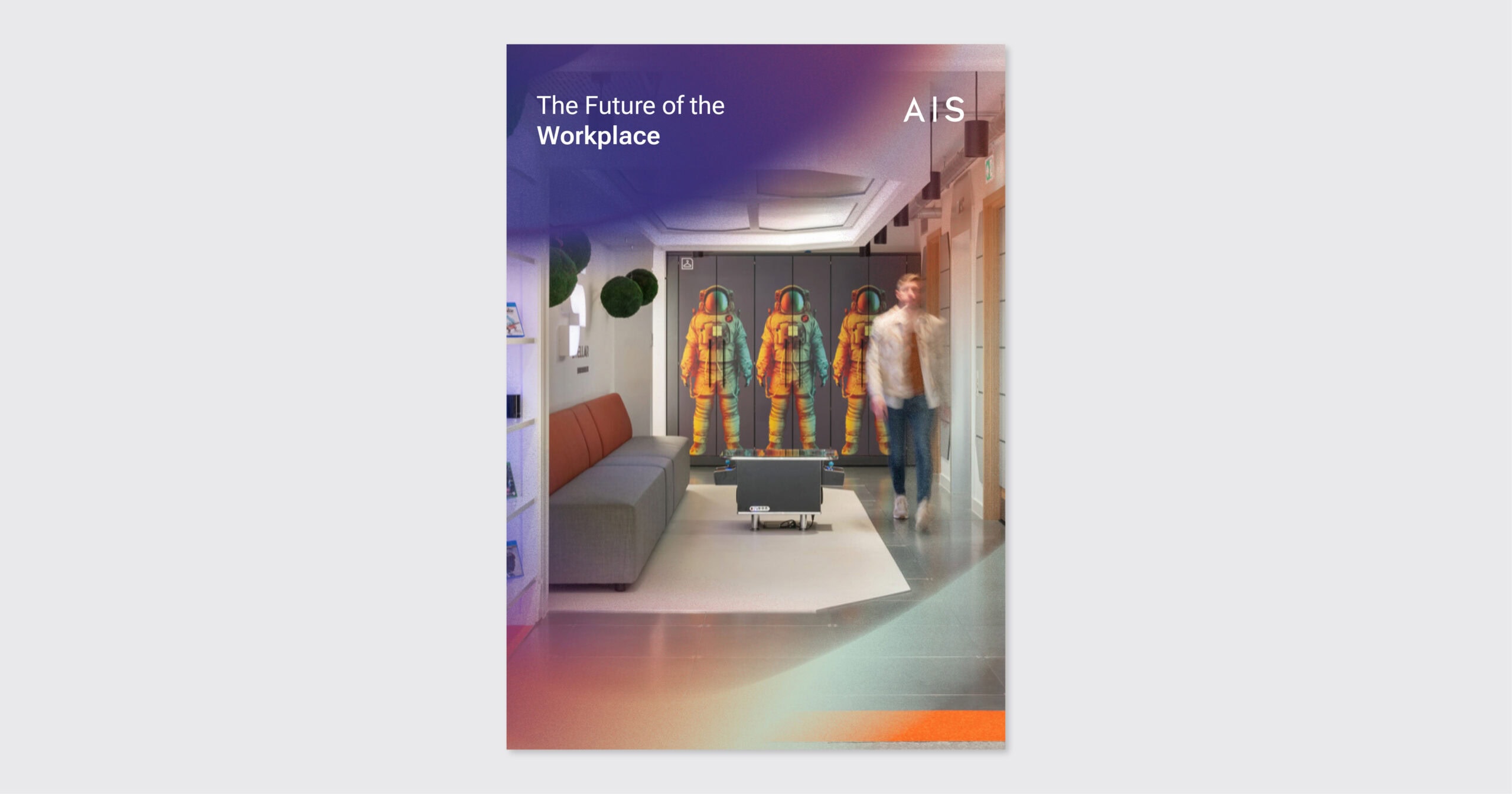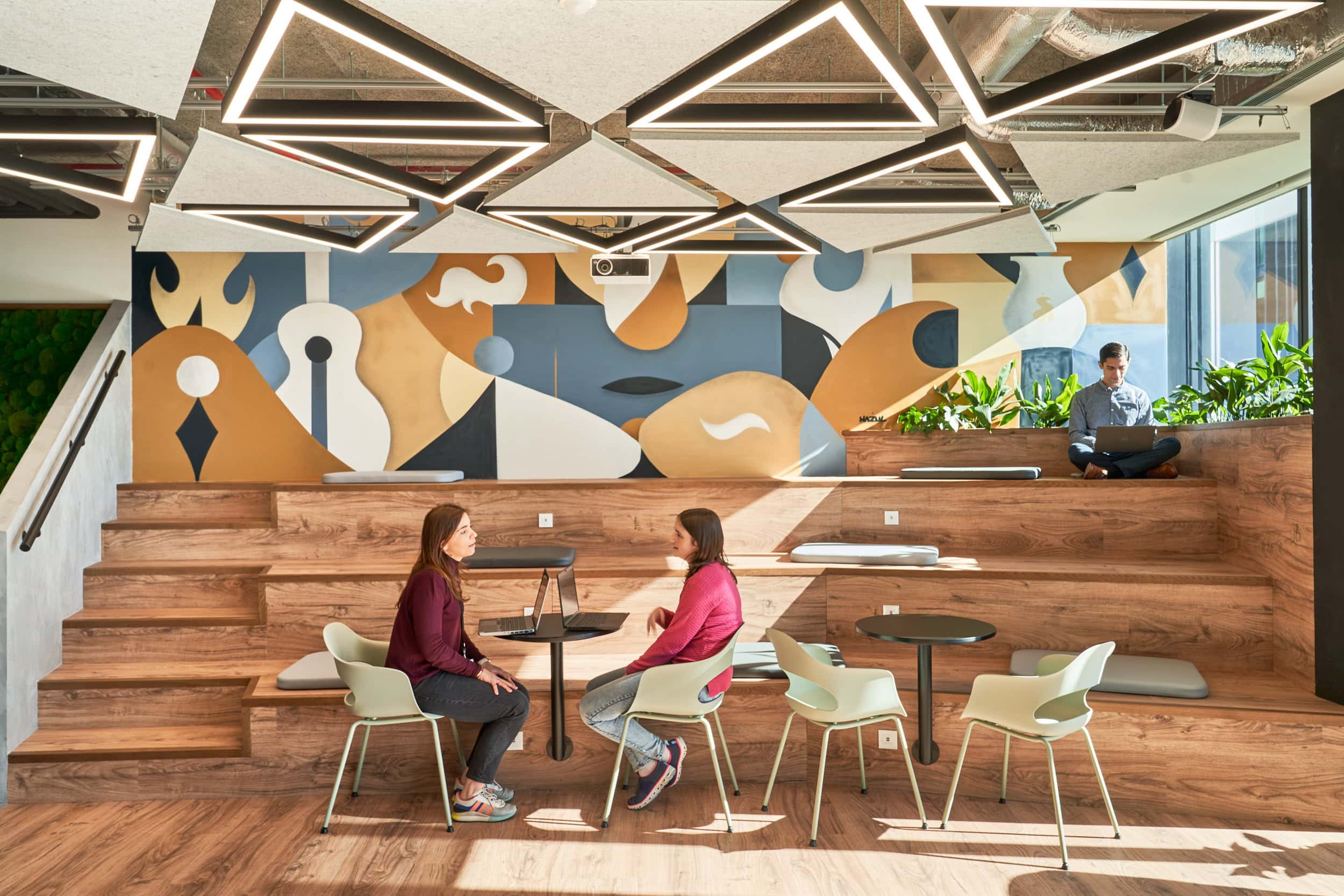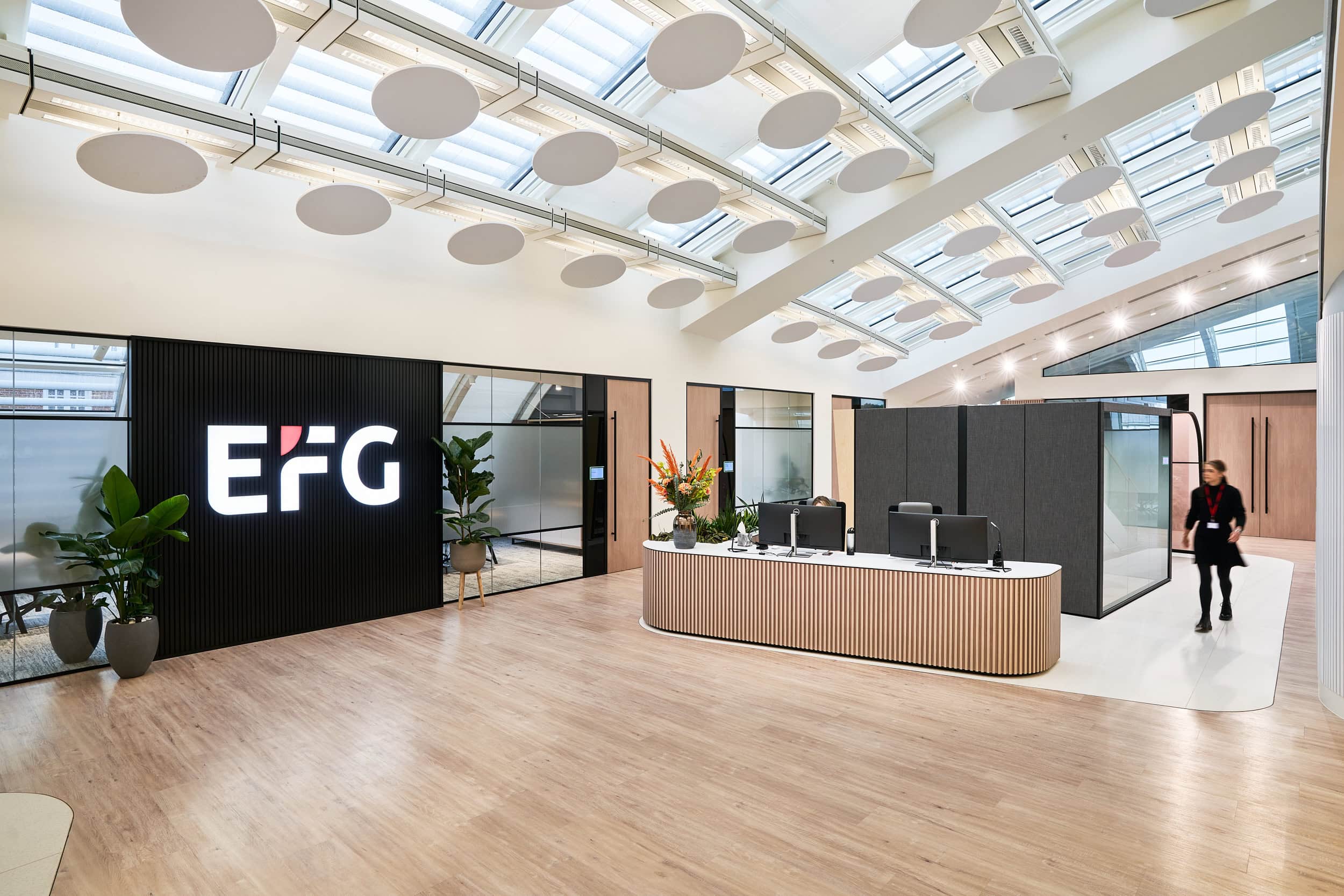Comprehensive design guide to activity-based working office design
Boost productivity with our guide on activity-based working office design, empowering your team to thrive.
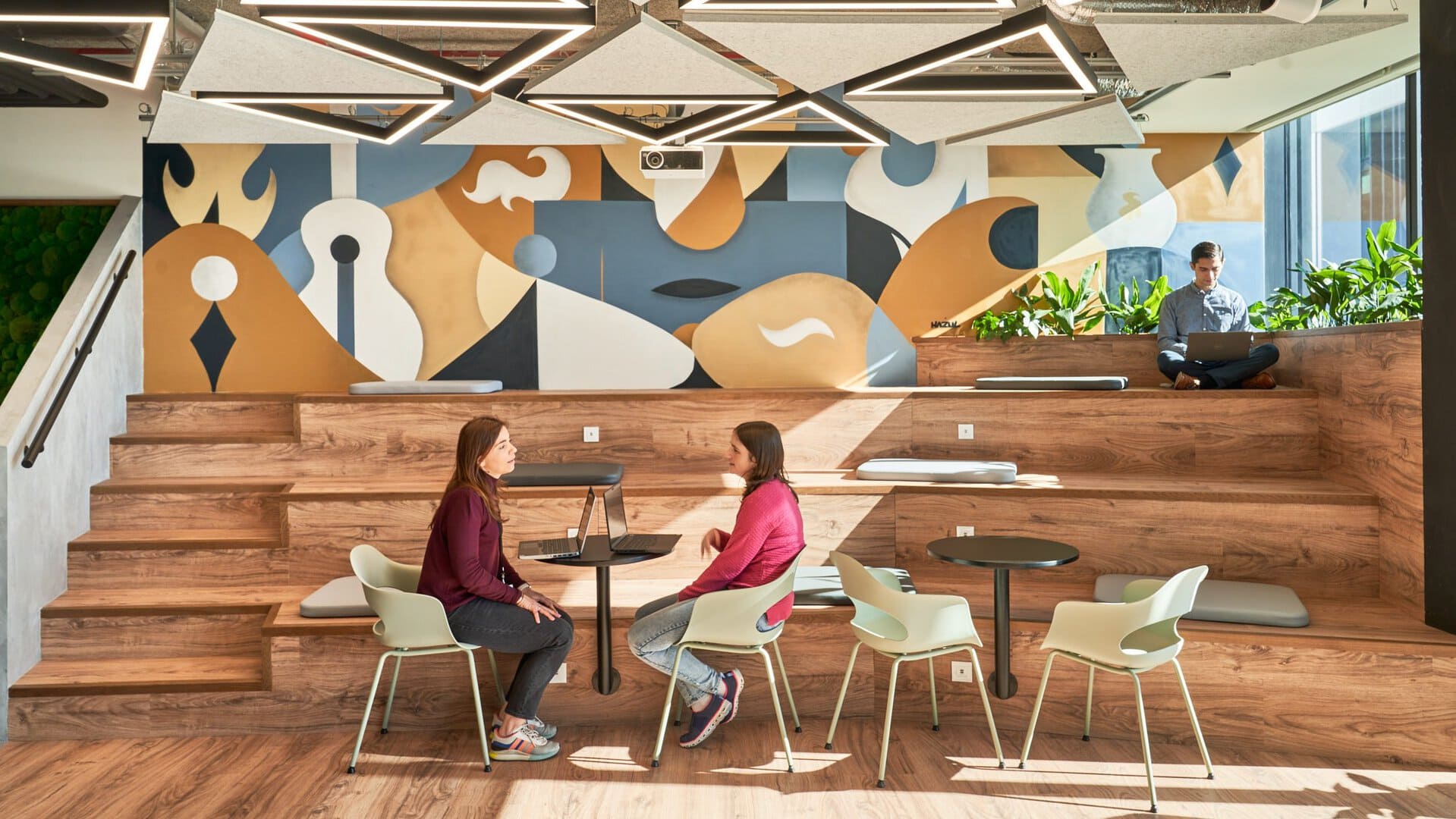
Following the return to the office post-pandemic we’re seeing large scale shifts in how employees envisage working in the office. There is a newfound expectation for more relevant workspaces that cater to the large-scale shifts the pandemic has accelerated in how people work and how business gets done. Employees have greater expectations to have access to various ways of working when they are in the office. They now want an overall sense of greater flexibility to enable them to be more effective in their jobs. If you’re wondering how to meet everyone’s desired way of working you may consider looking into an activity-based working office design.
This is our guide on how to implement an activity-based working model into your workplace and what benefits it can bring to the productivity and happiness of your team.
What is activity based working office design (ABW)?
Activity-based working office design is a work style that allows employees to choose from a variety of settings. This is according to the nature of the activity combined with an experience that empowers them to use those spaces.
Examples of activity-based working settings can include focus pods and private booths for both single or dual occupancy. Semiprivate booths housing 4 to 6 people or huddle space for 4 to 10 people are great for small meetings. Touchdown workstations for desk working perfect for in between meetings and library rooms for silent working only.
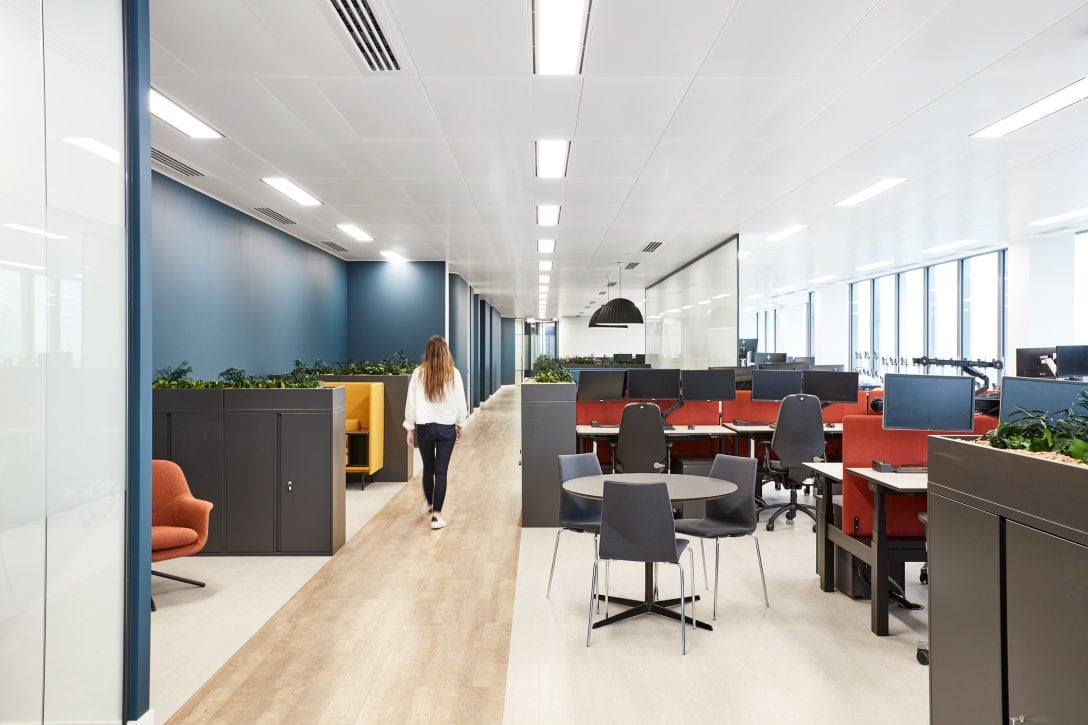
Why is activity-based working effective in the workplace and what are the benefits?
Embracing an activity based working model allows opportunity for business transformation. The implementation of an ABW strategy can be a powerful tool for supporting, and altering the culture within an organisation. Care should be taken during the design stage to ensure that the environment supports the organisations cultural objectives.
Space efficiency
By basing the design of your workplace on the average number of employees that regularly work on-site, rather than the entire team you can reduce real estate by the reduction of individually assigned desks.
Supports workplace flexibility
The pandemic has cemented the idea that the office is a place for connections. The creation of more intentional work settings brings teams together in an interchangeable environment. Allowing employees to work how they want dependent on tasks empowers them, giving them more control over their working days.
Engaging office environment
By reducing the number of individually assigned desks you create more room for amenities like cafes and recreational rooms. These areas can help to build company culture and relationships. Ultimately making your space a more enjoyable space to work and spend time in.
Talent acquisition and retention
ABW brings greater autonomy in the workplace, creating a competitive recruiting advantage. Research shows that ABW makes employees more productive and satisfied at work. So by giving people the choice of where and how they want to work leads to a higher level of job satisfaction. This ultimately keeps current talent happy as well as being a perk for new talent.
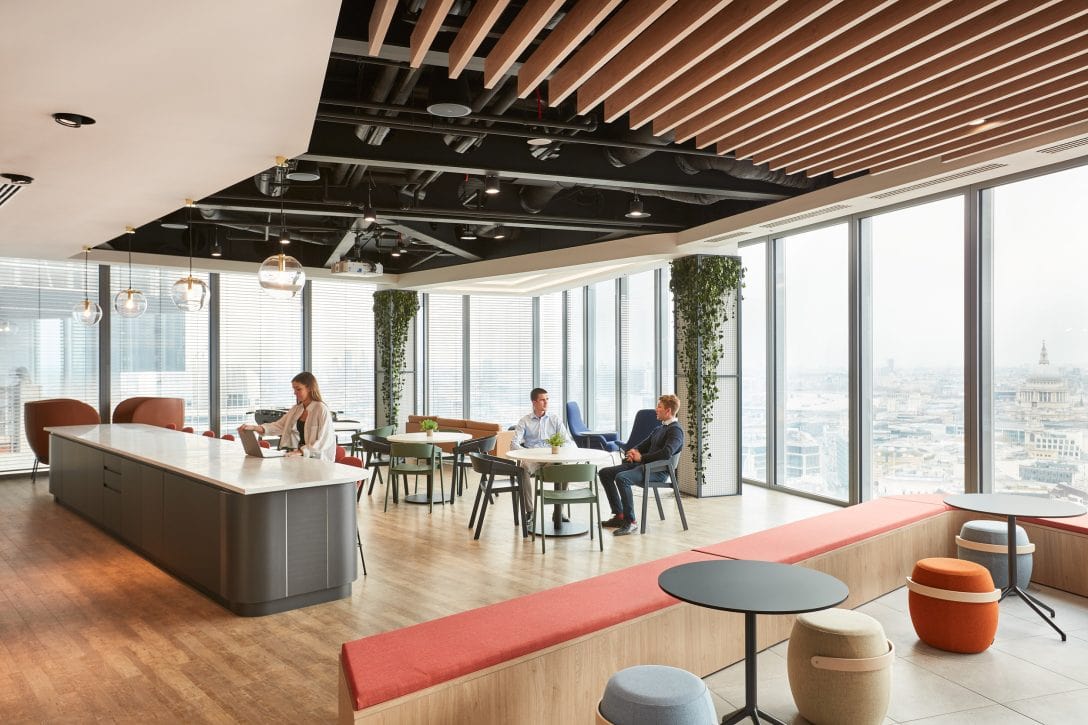
How can we transition to activity-based working?
Transitioning workspace
An ABW layout means transitioning your office layout from individually assigned workstations, to a variety of spaces for specific activities. This creates room for more amenities like cafes and recreational rooms to further embed connectivity amongst your team.
Transitioning workplace culture
It’s more than just a simple office makeover. And so to successfully transition to ABW the physical workspace, company culture and technology must all facilitate change and development. It involves a change in existing work practices and various company policy changes. For example, HR policies, working from home policies, IT policies, office rules and more.
Transitioning office technology
Workplace agility is synonymous with digital capability. So the successful implementation of ABW relies on strong technology. This will enable seamless connectivity to allow staff to remain truly connected, even whilst on the move.
While ABW is a natural fit for our on-demand culture, it’s very different from a traditional workplace. Therefore many companies are needing to make a cultural shift. ABW allows employees to use whichever spaces they see fit for as along as needed. Consequently this improves efficiency and productivity within the workplace. This requires flexibility, adaptability and trust.
If you want guidance on transitioning your workplace to an activity-based working model get in touch with our design experts.
